How To Focus A Microscope ?
To focus a microscope, start by placing a slide on the stage and securing it with the stage clips. Turn on the microscope's light source and adjust the intensity if necessary. Use the coarse adjustment knob to lower the objective lens close to the slide. Look through the eyepiece and use the coarse adjustment knob to move the objective lens away from the slide until the image comes into view. Then, use the fine adjustment knob to sharpen the focus and bring the image into clear view. Adjust the condenser and diaphragm to optimize the lighting and contrast if needed. Finally, switch to a higher magnification objective lens and repeat the focusing process for finer details.
1、 Adjusting the Coarse Focus Knob
To focus a microscope, one of the key steps is adjusting the Coarse Focus Knob. This knob is typically located on the side or bottom of the microscope and is used to bring the specimen into initial focus. By following the steps below, you can effectively use the Coarse Focus Knob to achieve a clear image:
1. Start by placing a slide with the specimen on the stage of the microscope and secure it in place using the stage clips.
2. Look through the eyepiece and use the Coarse Focus Knob to lower the objective lens as close to the slide as possible without touching it. This will bring the specimen into the field of view.
3. While looking through the eyepiece, slowly turn the Coarse Focus Knob in one direction. As you do this, you will notice the image becoming blurry and then gradually coming into focus. Continue turning until the image is as clear as possible.
4. If the image is still not in focus, try adjusting the lighting. Increase or decrease the intensity of the light source to improve visibility.
5. Once you have achieved a clear image using the Coarse Focus Knob, you can fine-tune the focus using the Fine Focus Knob. This knob allows for precise adjustments to bring out finer details of the specimen.
It is important to note that different microscopes may have slight variations in the location and design of the Coarse Focus Knob. Therefore, it is always recommended to refer to the microscope's user manual for specific instructions.
In recent years, advancements in microscope technology have led to the development of digital microscopes. These microscopes often come with built-in autofocus capabilities, eliminating the need for manual adjustments. However, the basic principles of focusing a microscope remain the same, regardless of the type of microscope being used.
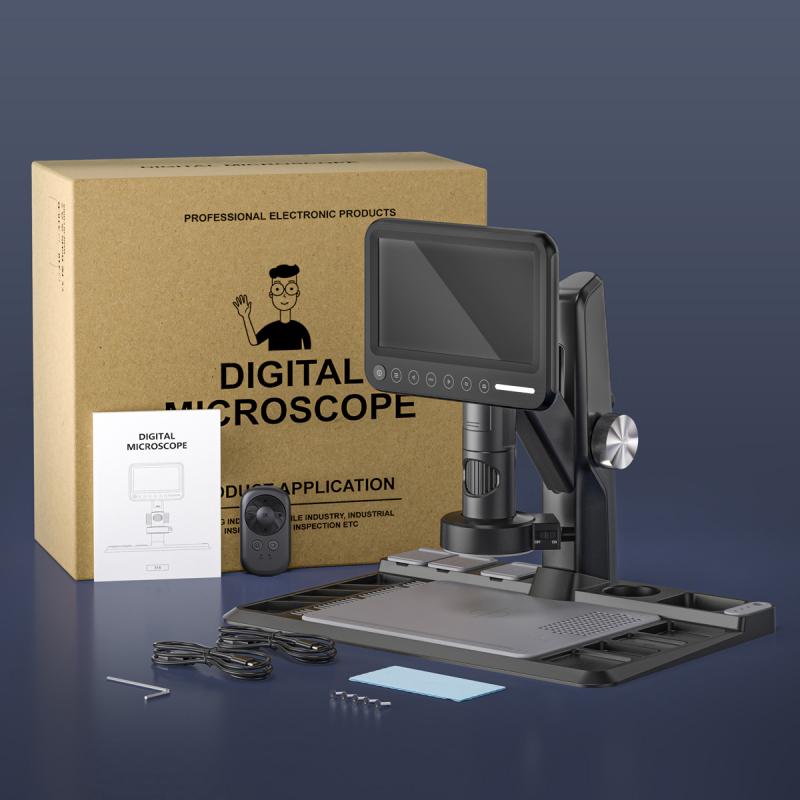
2、 Fine-Tuning with the Fine Focus Knob
To focus a microscope, one can use the method of fine-tuning with the fine focus knob. This knob is typically located on the side or underneath the stage of the microscope. The fine focus knob allows for precise adjustments to bring the specimen into sharp focus.
To begin, start by placing a slide with the specimen on the stage of the microscope. Adjust the stage height using the coarse focus knob until the slide is close to the objective lens. Then, look through the eyepiece and use the coarse focus knob to bring the specimen into rough focus. This will give you a general idea of where the specimen is located.
Once the specimen is roughly in focus, it is time to use the fine focus knob for fine-tuning. Gently turn the fine focus knob in small increments, either clockwise or counterclockwise, depending on the direction that brings the specimen into sharper focus. Take your time and make small adjustments to avoid overshooting the focus point.
As you turn the fine focus knob, you will notice the image becoming clearer and more detailed. Continue adjusting until the specimen is in sharp focus. It is important to note that different microscopes may have slightly different mechanisms for the fine focus knob, so it is always a good idea to refer to the microscope's manual for specific instructions.
In recent years, advancements in microscope technology have led to the development of digital microscopes. These microscopes often have additional features such as autofocus capabilities, which can automatically adjust the focus for optimal clarity. However, the fine focus knob method remains a fundamental technique for focusing a microscope and is still widely used in both traditional and digital microscopes.
In conclusion, focusing a microscope using the fine focus knob involves making small adjustments to bring the specimen into sharp focus. This method allows for precise control and is a fundamental technique in microscopy.

3、 Using the Condenser to Enhance Focus
Using the Condenser to Enhance Focus
Focusing a microscope is a crucial step in obtaining clear and detailed images. One of the key components that can help enhance focus is the condenser. The condenser is located beneath the stage and is responsible for directing and focusing the light onto the specimen.
To focus a microscope using the condenser, follow these steps:
1. Start by placing a slide with a specimen on the stage and securing it with the stage clips.
2. Adjust the objective lens to the lowest magnification (usually 4x or 10x) and bring the specimen into rough focus using the coarse focus knob.
3. Once the specimen is roughly in focus, adjust the condenser height. Raise or lower the condenser using the condenser focus knob until the light is focused on the specimen. This will help improve the contrast and clarity of the image.
4. Fine-tune the focus using the fine focus knob. Slowly turn the knob in small increments until the image becomes sharp and clear.
5. If necessary, adjust the condenser aperture. The condenser aperture controls the amount of light that passes through the specimen. Opening the aperture wider can increase the brightness but may reduce the contrast. Closing it slightly can enhance contrast but may require longer exposure times.
It is important to note that the optimal settings for the condenser may vary depending on the specific microscope and specimen being observed. Therefore, it is recommended to consult the microscope's user manual for specific instructions.
In recent years, advancements in microscope technology have led to the development of automated focusing systems. These systems use algorithms and sensors to automatically adjust the focus, eliminating the need for manual adjustments. This can greatly improve the efficiency and accuracy of focusing, especially when dealing with complex or time-sensitive experiments.
In conclusion, focusing a microscope using the condenser is a fundamental technique for obtaining clear and detailed images. By adjusting the condenser height and aperture, along with fine-tuning the focus using the fine focus knob, one can enhance the clarity and contrast of the specimen. Additionally, the emergence of automated focusing systems has revolutionized the field, making focusing more efficient and precise.

4、 Adjusting the Iris Diaphragm for Optimal Focus
Adjusting the Iris Diaphragm for Optimal Focus
Focusing a microscope is a crucial step in obtaining clear and detailed images. One important aspect of this process is adjusting the iris diaphragm, which controls the amount of light entering the microscope. By properly adjusting the iris diaphragm, you can optimize the focus and clarity of your specimen.
To begin, ensure that your microscope is set up correctly and the specimen is in place. Start by adjusting the coarse focus knob to bring the specimen into view. Once the specimen is visible, you can proceed to adjust the iris diaphragm.
Locate the iris diaphragm control, usually located near the base of the microscope. This control consists of a rotating disk with adjustable openings. Begin by opening the diaphragm fully, allowing maximum light to enter the microscope. This will provide a bright image but may result in decreased contrast.
Next, gradually close the iris diaphragm until you achieve the desired level of contrast. By reducing the amount of light entering the microscope, you can enhance the visibility of fine details in your specimen. It is important to strike a balance between brightness and contrast to achieve optimal focus.
Additionally, it is worth noting that the optimal adjustment of the iris diaphragm may vary depending on the specific microscope and specimen being observed. Some microscopes may have additional features, such as a condenser, which can further enhance focus and clarity. Therefore, it is recommended to consult the microscope's user manual for specific instructions and to experiment with different settings to find the best results.
In conclusion, adjusting the iris diaphragm is an essential step in focusing a microscope. By controlling the amount of light entering the microscope, you can optimize the focus and clarity of your specimen. Remember to strike a balance between brightness and contrast to achieve the best results.












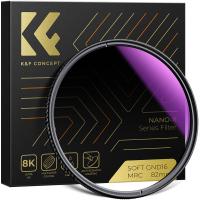





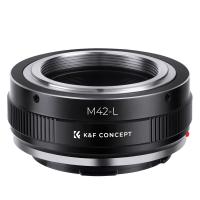
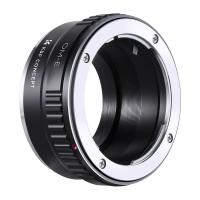




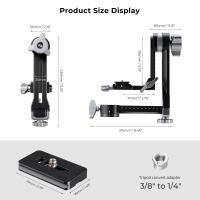

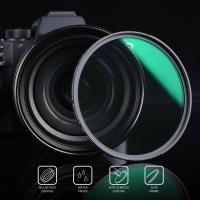

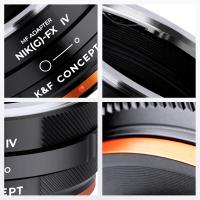



There are no comments for this blog.